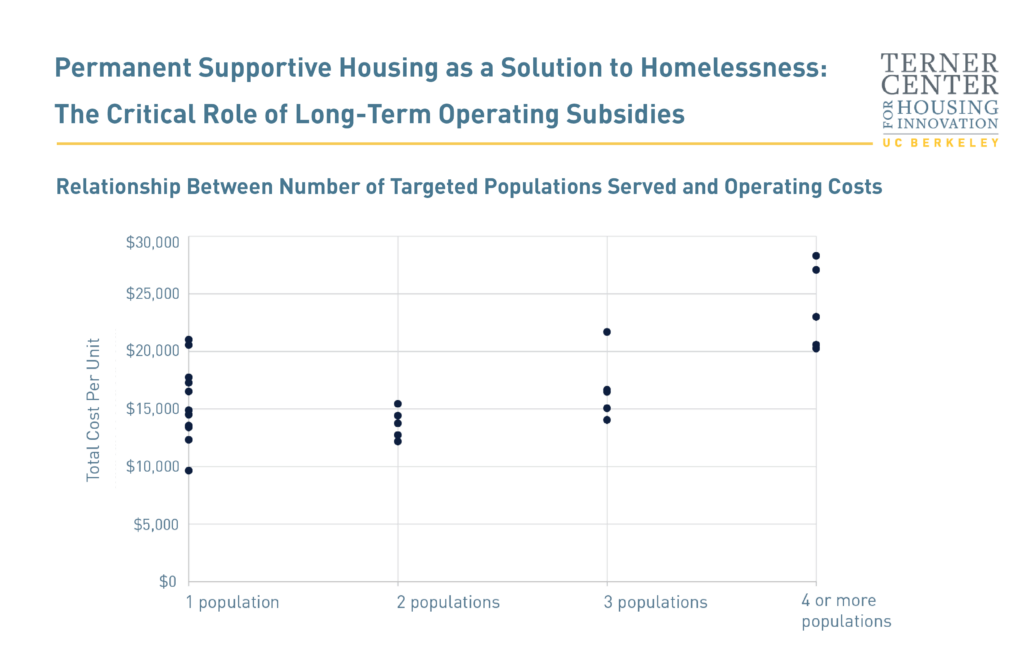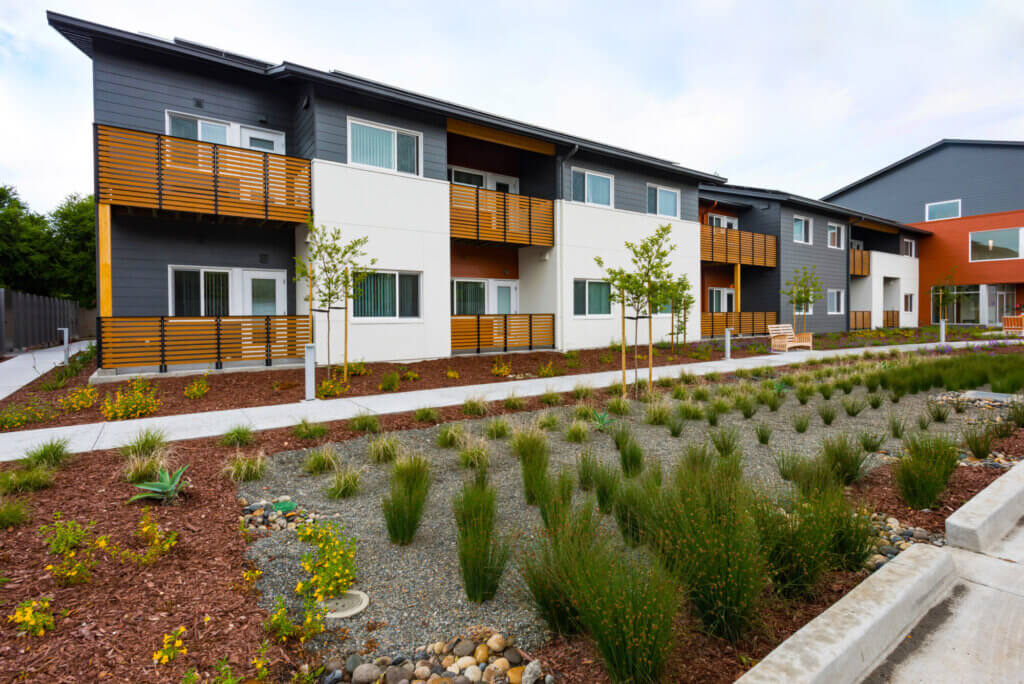Permanent Supportive Housing as a Solution to Homelessness: The Critical Role of Long-Term Operating Subsidies
Published On June 27, 2023
Permanent supportive housing (PSH) is a successful intervention for promoting stability for people experiencing or at risk of homelessness, and its expansion is of critical importance in addressing the humanitarian crisis of homelessness, particularly in high-cost places like California. Permanent Supportive Housing as a Solution to Homelessness: The Critical Role of Long-Term Operating Subsidies, authored by our Faculty Research Advisor Carolina Reid, shows that sustained investment in the day-to-day operating expenses to ensure high-quality services is essential and that insufficient long-term funding can have negative consequences for residents, staff, and properties.
The study presents an analysis of data from 26 properties with PSH units in the Bay Area, alongside interviews and focus groups with residents and staff. It finds that the majority of PSH residents remain stably housed, and that they attributed access to housing as improving their health and well-being.
“We were homeless for 25 years in a tent out in the canyon, and you don’t know what’s gonna happen when you’re homeless like that… This housing means peace of mind, security, and a sense of well-being.”
-PSH Resident Interviewee
However, the research also shows that the costs of operating properties that include PSH units frequently exceed initial underwriting assumptions and are higher than many funding programs allow, in large part due to higher staffing and property maintenance needs. The study also found significant variation in costs across properties: those in urban areas and those serving a greater number of homeless populations (for example, transitional age youth, veterans, and survivors of domestic violence) within a single building had the highest operational expenses.

Properties with lower resources in relation to their needs tended to have worse outcomes for residents, including higher rates of unpaid rent and move-outs—which increase the risk of residents re-entering homelessness—as well as lower engagement with resident and supportive services. The lack of sufficient staffing at properties, as well as among other organizations that provide services and case management support, mean that many residents’ needs go unmet.
“It’s too much about the building, not enough about people…”
– PSH Staff Interviewee
The research suggests that several policy changes would help to strengthen this important model. Expanded access to project-based vouchers, greater flexibility in funding limits within state housing programs, reduced fragmentation in the funding process, and improved access to health care funding are strategies to ensure PSH fulfills its potential.





